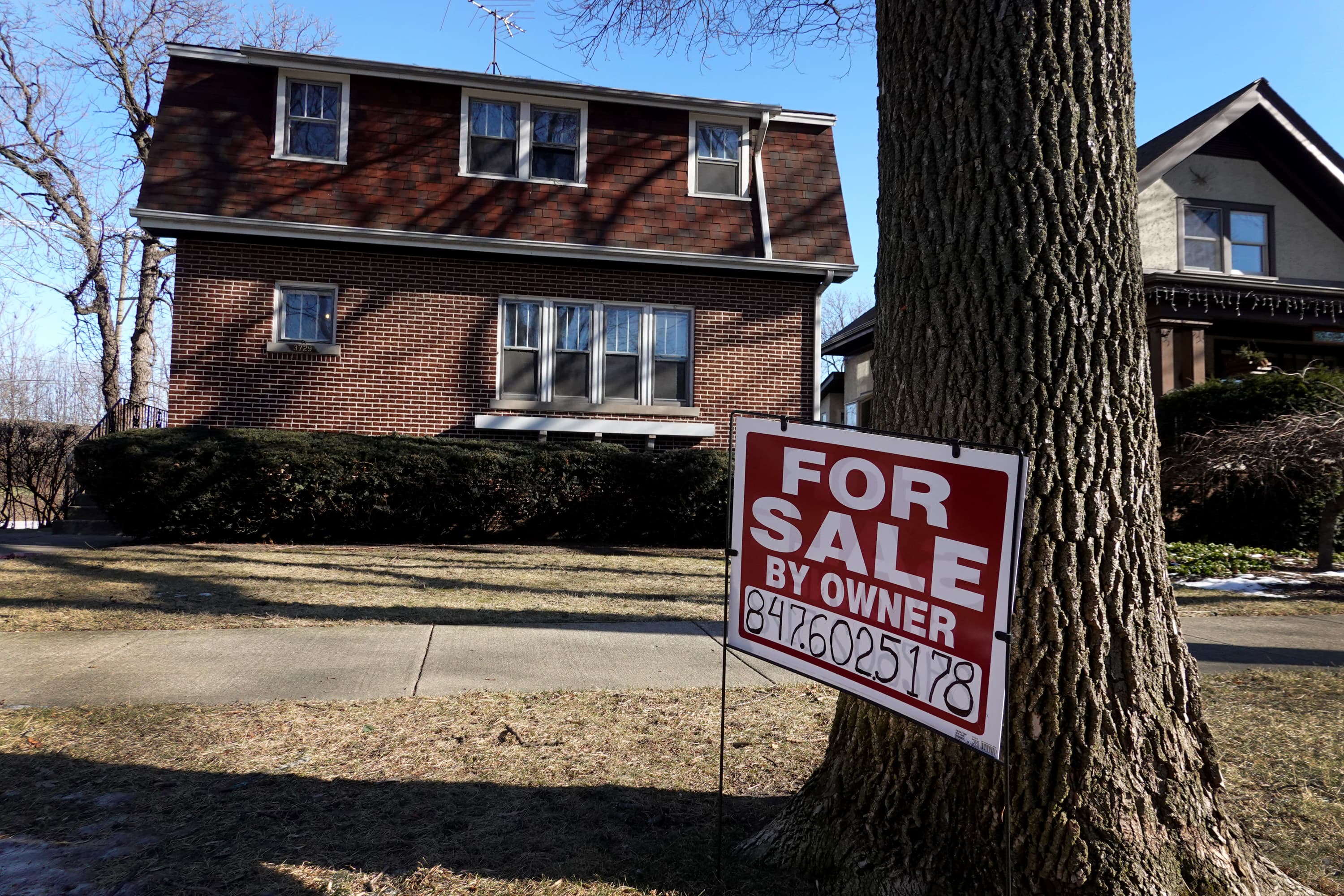Products You May Like
Mortgage rates are sinking as markets contend with the ramifications of Russia’s attack on Ukraine, and that means home prices are likely to continue surging.
The average rate on the popular 30-year fixed mortgage had risen close to a full percentage point from the start of this year up until last Friday, when it hit 4.18%, according to Mortgage News Daily. It is headed below 4% Tuesday.
This will give homebuyers more purchasing power as the historically busy spring season kicks off. It will also keep record high home prices continuing on their run higher. Prices in January were 19.1% higher year-over-year, according to a report released Tuesday by CoreLogic. That level of growth is the highest in 45 years, when CoreLogic began tracking prices.
“In December and January, for-sale inventory continued to be the lowest we have seen in a generation,” said Frank Nothaft, chief economist at CoreLogic. ”Buyers have continued to bid prices up for the limited supply on the market.”
Nothaft added that the rise in mortgage rates since January eroded buyer affordability, and that price growth should slow in the coming months, but that all depends on how long this drop in rates continues. It could be brief, given the way the other factors weighing on the mortgage market unrelated to the Ukraine crisis.
Mortgage rates follow loosely the yield on the U.S. 10-year Treasury, which on Tuesday fell to the lowest level since late January. Markets are experiencing volatility because of Russia’s invasion of Ukraine.
For now, the move in Treasurys is causing the pull-back in mortgage rates. But mortgage rates are governed more directly by demand for mortgage-backed bonds. Those bonds often mimic the 10-year, but not always, and now is one of those not always times.
Unlike Treasuries, MBS duration can vary depending on demand for refinancing. A 30-year fixed loan rarely lasts 30 years. If people are refinancing or selling their homes faster, then the bond term doesn’t last as long. Given higher rates now, and more opportunity for refinancing, the current crop of MBS isn’t expected to last much more than five years, according to Matthew Graham, chief operating officer of Mortgage News Daily.
Over the past three months, 5-year Treasuries have risen 0.10% more than 10-year Treasuries. Because mortgage bonds behave more like the shorter-duration 5-year Treasury Note, they’ve had a tougher time keeping pace with the 10-year.
“The outlook for Fed bond buying is also hurting MBS more than Treasuries because the Fed accounts for a larger percentage of total buying demand of new MBS,” Graham explained. “So if the Fed leaves (which it is in the process of doing), MBS prices have to fall farther to attract buyers. Lower MBS prices = higher rates, all other things being equal.”
Given geopolitical tensions now, however, there has been more demand for short-term debt, and so mortgage rates are keeping better pace with the broader bond market. The question is how long will that be the case, and the answer depends on what happens in Ukraine and beyond.
